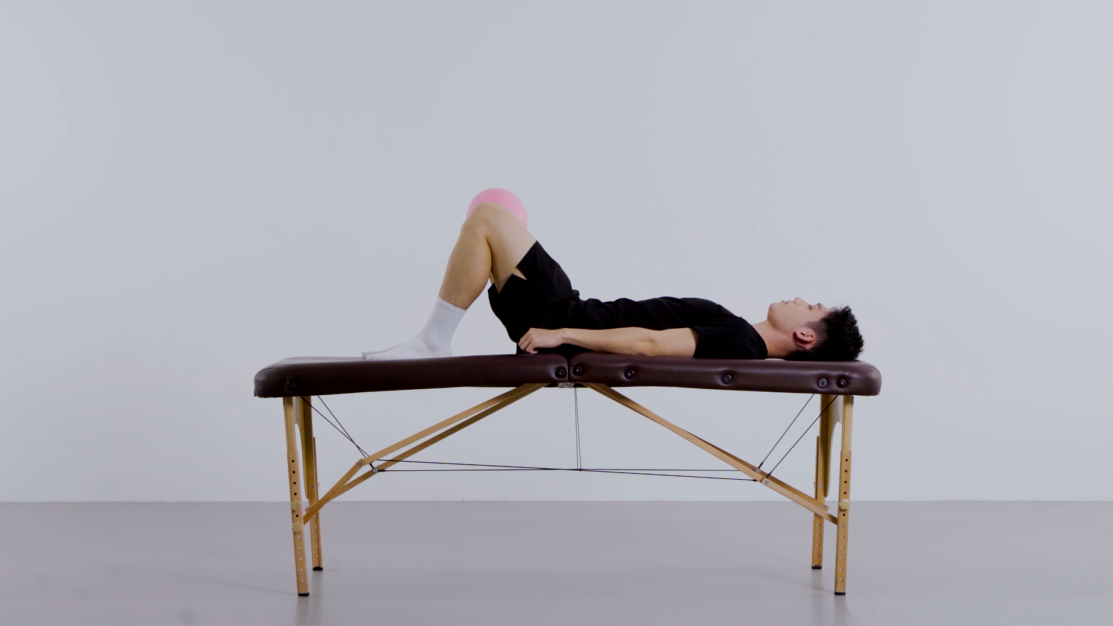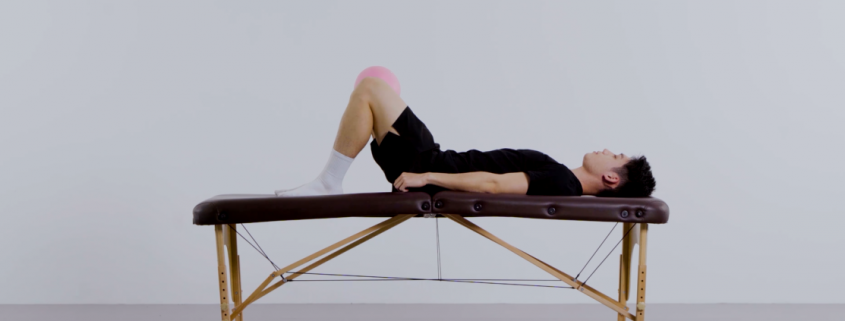Groin strain?! Quick recovery with these exercises
If you have any queries or suggestions, please feel free to reach out via email to info@harisonfitness.com. We will do everything in our capacity to ensure that you love your experience with us.
The most obvious symptom of a groin strain is severe pain, especially during movements that involve the groin tendons, such as extending the leg or squatting. Beyond groin strains, numerous other conditions—such as fractures or osteomyelitis—share similar symptoms, making differentiation challenging. If you’re unsure whether a tendon strain has occurred, what diagnostic tests should you pursue?
01When should groin pain be examined?
Groin pain may indicate a sports hernia. Sports hernias can be quite painful, potentially affecting one or both groin areas. The pain is often persistent, though it may temporarily ease with brief rest. However, after this respite, the pain typically intensifies, becoming unbearable. Another significant symptom is the formation of a soft lump in the groin area. This lump becomes highly noticeable when standing but may shrink or even disappear when lying down.
It’s also important to rule out pubic symphysis inflammation. While primarily affecting the pubic symphysis, the pain may radiate outward, sometimes extending to the groin area, leading to confusion with a groin strain. The key distinction is that pubic symphysis inflammation does not cause pain in the pubic symphysis itself.
02 Groin Rehabilitation Exercises
The following exercises are suitable for rehabilitation training for patients with groin strains.
Exercise 1: Ball-Squeeze Standing Contraction
Key Points: Lie supine with the upper body upright and arms at your sides. Bend your knees and spread your legs shoulder-width apart. Place a ball between your knees and maintain pressure, feeling the strength in your thighs and the ball’s resistance against them. Breathe evenly throughout. If no ball is available, substitute with a pillow or cushion. Repeat this exercise for 15 seconds.

Exercise 2: Alternating Single-Side Limb Lift
Key Points: Lie supine with the upper body upright and flat against the bed surface. Bend the knees and simultaneously lift the opposite arm and leg upward. Alternate sides while maintaining steady breathing throughout the movement. Perform 2 sets of this exercise, with 8 repetitions per set.
Exercise 3: 45-Degree Straight Leg Raise
Key Points: Lie on your back with your upper body stationary and arms at your sides. Keep the unaffected leg stationary with toes pointed inward. Raise the affected leg straight up to a 45-degree angle, then slowly lower it, ensuring it does not exceed 45 degrees. Repeat this exercise for 2 sets of 5 repetitions each.
Exercise 4: Air Cycling
Key Points: Lie supine with the upper body flat on the bed and arms at your sides. Raise both legs and simulate pedaling a bicycle. Repeat this exercise for 2 sets of 5 repetitions each.

These four exercises enhance pelvic and lower-limb motor control while strengthening core stability. Perform them 40 minutes after meals, 2–3 times daily for optimal results.
Though rehabilitation training may seem tedious, consistent practice is essential for recovery from groin strains. With patience, you will regain full health!






Leave a Reply
Want to join the discussion?Feel free to contribute!